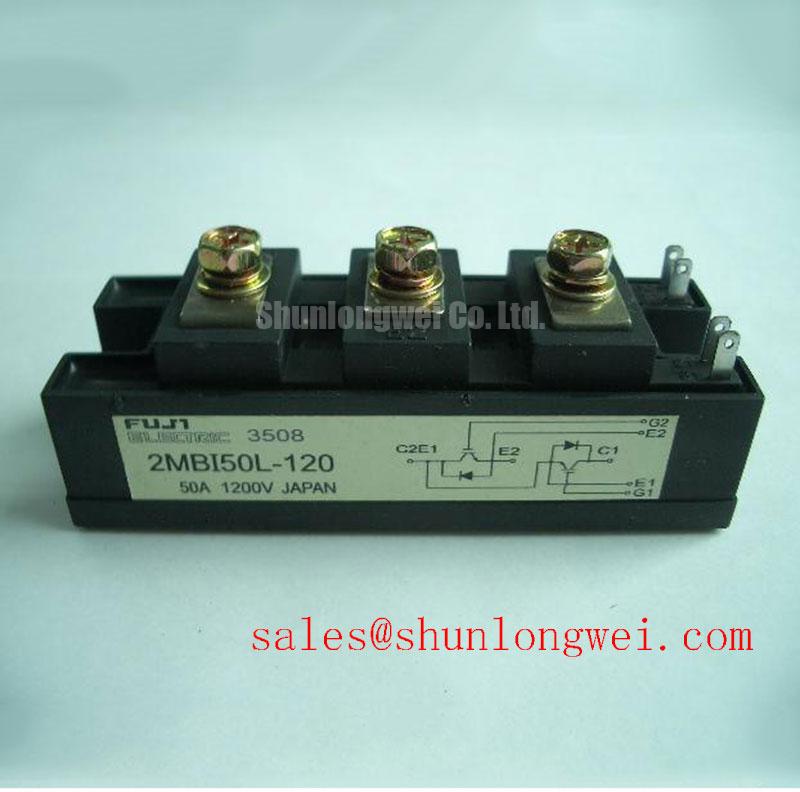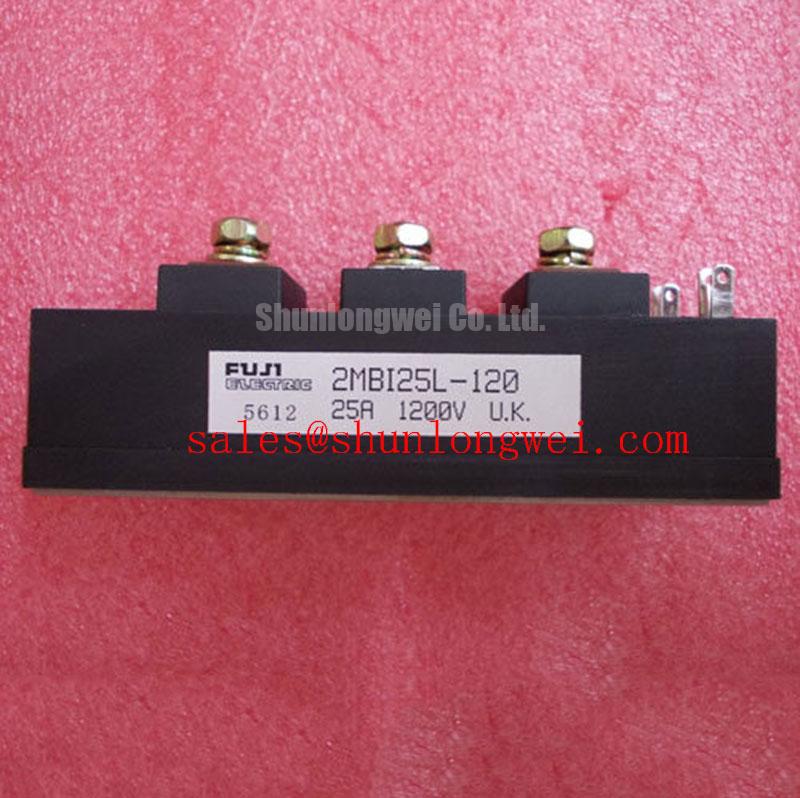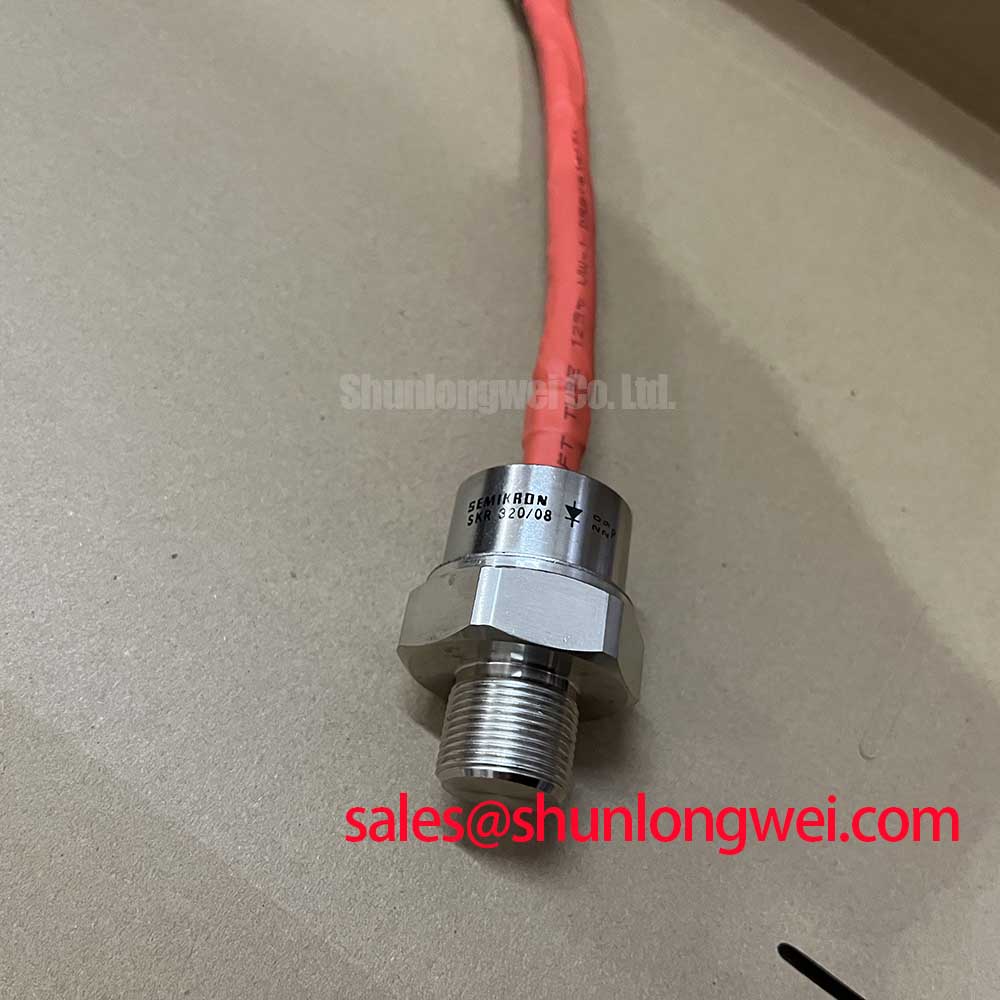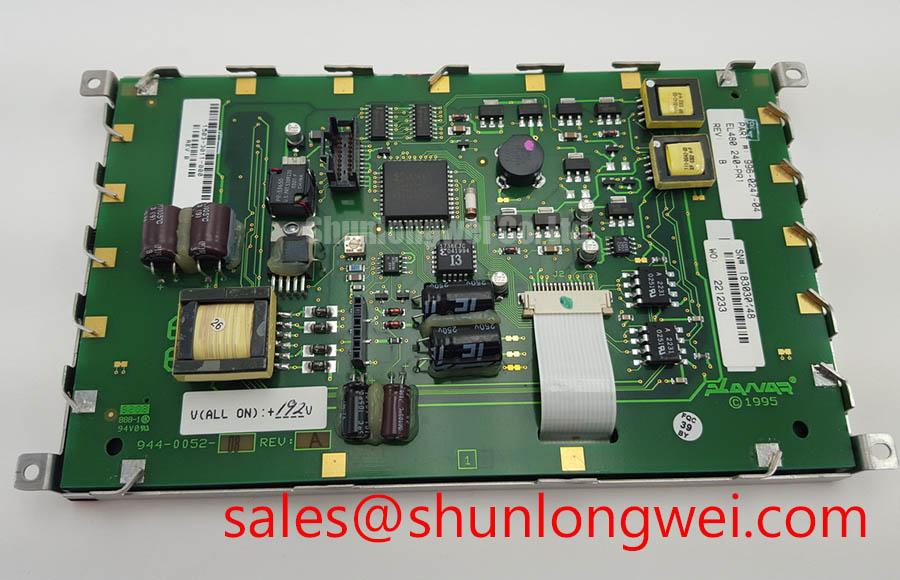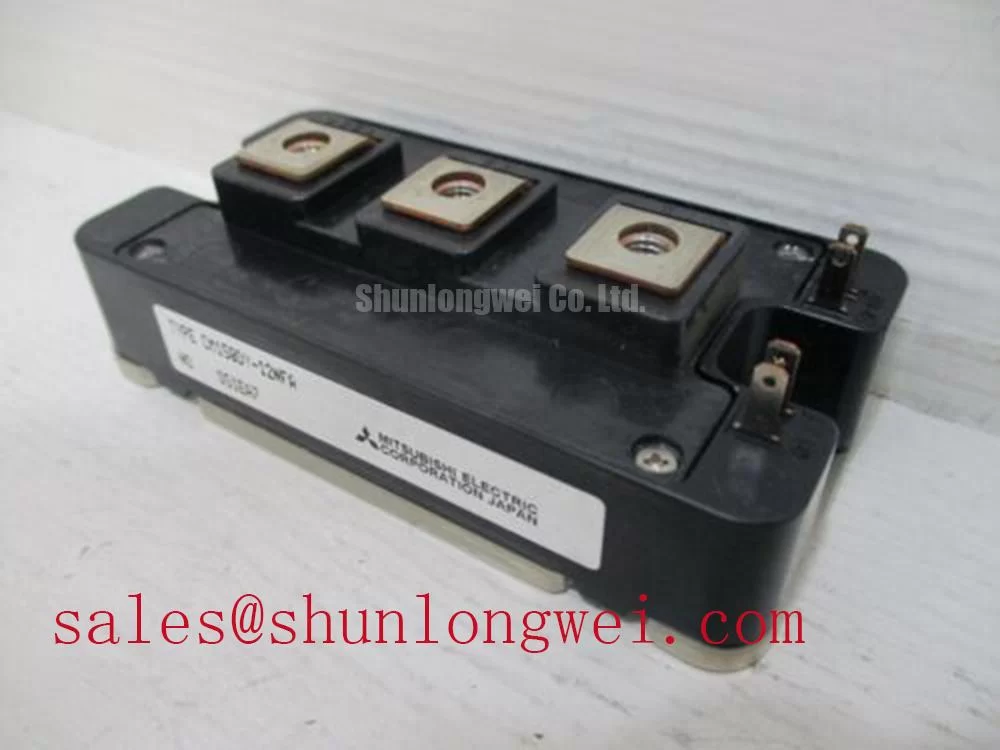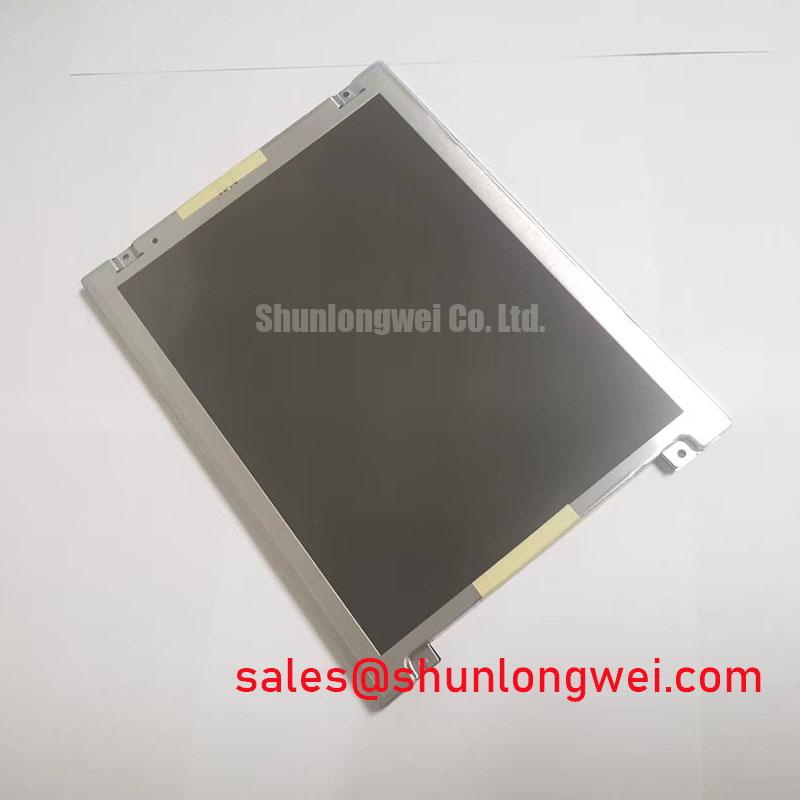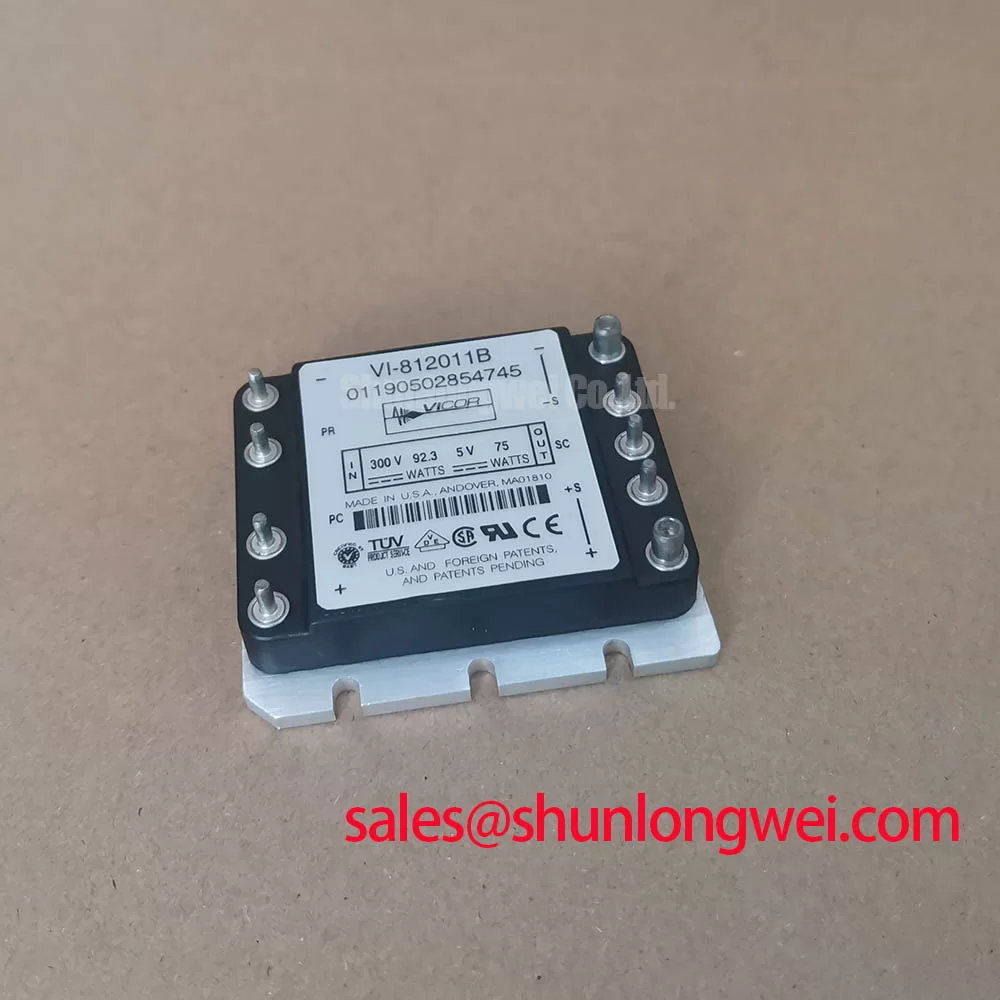```html
Fuji Electric 2MBI25L-120 | A Reliable 1200V/25A Half-Bridge for Industrial Power Conversion
The Fuji Electric 2MBI25L-120 is a robust and highly reliable IGBT module designed for engineers developing low-to-mid-power conversion systems. By integrating a complete half-bridge circuit into a single, compact package, this module provides a streamlined solution that enhances both performance and manufacturability. It stands as a testament to Fuji's legacy of producing durable power electronics for demanding industrial environments.
- Engineered for 1200V Systems: With a collector-emitter voltage (Vces) of 1200V and a continuous collector current (Ic) rating of 25A, it offers substantial design margin for applications running on 400-575 VAC lines.
- Integrated Half-Bridge Topology: The 2-in-1 configuration simplifies the design of inverter legs, significantly reducing component count, PCB layout complexity, and final assembly time compared to discrete solutions.
- Optimized for Low Conduction Losses: Featuring a low saturation voltage (Vce(sat)), the 2MBI25L-120 minimizes heat generation under load, directly contributing to higher system efficiency and reduced cooling requirements.
- Proven Reliability & Standard Package: Housed in an industry-standard package, this module ensures straightforward mechanical integration and serves as a dependable workhorse in power systems where long-term operational stability is critical.
Key Parameter Overview
This table provides at-a-glance specifications for design engineers. For a comprehensive understanding of its performance characteristics, it is essential to consult the official datasheet.
| Parameter | Value |
|---|---|
| Collector-Emitter Voltage (Vces) | 1200V |
| Continuous Collector Current (Ic) @ Tc=80°C | 25A |
| Collector-Emitter Saturation Voltage (Vce(sat)) typ. @ Ic=25A | 2.7V |
| Total Power Dissipation (Pc) | 200W |
| Operating Junction Temperature (Tj) | -40 to +150°C |
| Package Type | M223 |
Engineered for Demanding Industrial Applications
The Fuji Electric 2MBI25L-120's balanced feature set makes it an excellent choice for a variety of power conversion tasks. Its inherent robustness is valued in applications where reliability is paramount.
- Small Motor Drives: In a Variable Frequency Drive (VFD), three 2MBI25L-120 modules can be used to construct a compact and efficient three-phase inverter bridge. The module's thermal performance ensures stable operation, even under the dynamic load conditions typical of motor control.
- Welding Power Supplies: The module's fast-recovery freewheeling diode (FWD) and robust Safe Operating Area (SOA) make it well-suited for the high-frequency switching and pulsed power demands of modern welding equipment.
- Uninterruptible Power Supplies (UPS): Its high voltage rating and efficiency are critical for building reliable UPS systems. The low conduction losses help minimize energy waste during standby and battery operation, extending runtime and reducing lifetime operating costs. For more complex control systems, understanding the principles behind IGBTs in servo drives provides valuable context.
Technical Deep Dive: Balanced Performance
The engineering philosophy behind the 2MBI25L-120 centers on providing a balanced and dependable solution. It leverages Fuji Electric's mature trench gate field-stop technology, which is optimized for applications operating in the low-to-moderate switching frequency range (typically below 20 kHz).
This design choice results in an advantageous trade-off: an exceptionally low VCE(sat) to minimize conduction losses, coupled with moderate switching losses. For applications like motor drives, where the device spends a significant portion of its time conducting current, this focus on reducing static losses is key to achieving high efficiency. The integration of the IGBT and FWD in a co-packaged module also ensures optimized thermal and electrical performance between the switch and the diode.
Selection Guidance: When to Choose the 2MBI25L-120
The 2MBI25L-120 is the ideal component for cost-sensitive industrial designs requiring high reliability in the power range of approximately 3 to 7.5 kW. It excels where proven technology and operational robustness are more critical than achieving the absolute highest switching speeds.
When designing a system, consider your primary load requirements. If your application demands a continuous current of up to 25A, the 2MBI25L-120 offers a perfectly optimized solution. However, for systems requiring higher power output within a similar design framework, stepping up to a module like the 2MBI50N-120 would be a logical upgrade path, providing double the current capacity in a comparable package class. A thorough review of our broader collection of IGBT modules can reveal the best fit for any power level.
Frequently Asked Technical Questions
What are the recommended gate drive conditions for the 2MBI25L-120?
For optimal performance and to ensure the IGBT turns off robustly under all conditions, a split-rail gate drive is recommended. A positive voltage of +15V is standard for turn-on. For turn-off, a negative voltage between -8V and -15V is advised. Using a negative gate voltage provides a strong buffer against dV/dt induced parasitic turn-on, a critical factor for system reliability.
Is it possible to parallel these modules for higher current output?
Yes, paralleling is feasible but requires careful engineering. To ensure proper current sharing, designers must implement a symmetrical PCB layout to equalize stray inductances, use individual gate resistors for each module, and ensure tight thermal coupling between the paralleled units. Failing to address these factors can lead to thermal runaway and premature failure. Understanding the common causes of IGBT failure is crucial before attempting to parallel modules. If you have specific questions about your application, please contact our technical team for expert guidance.
```


